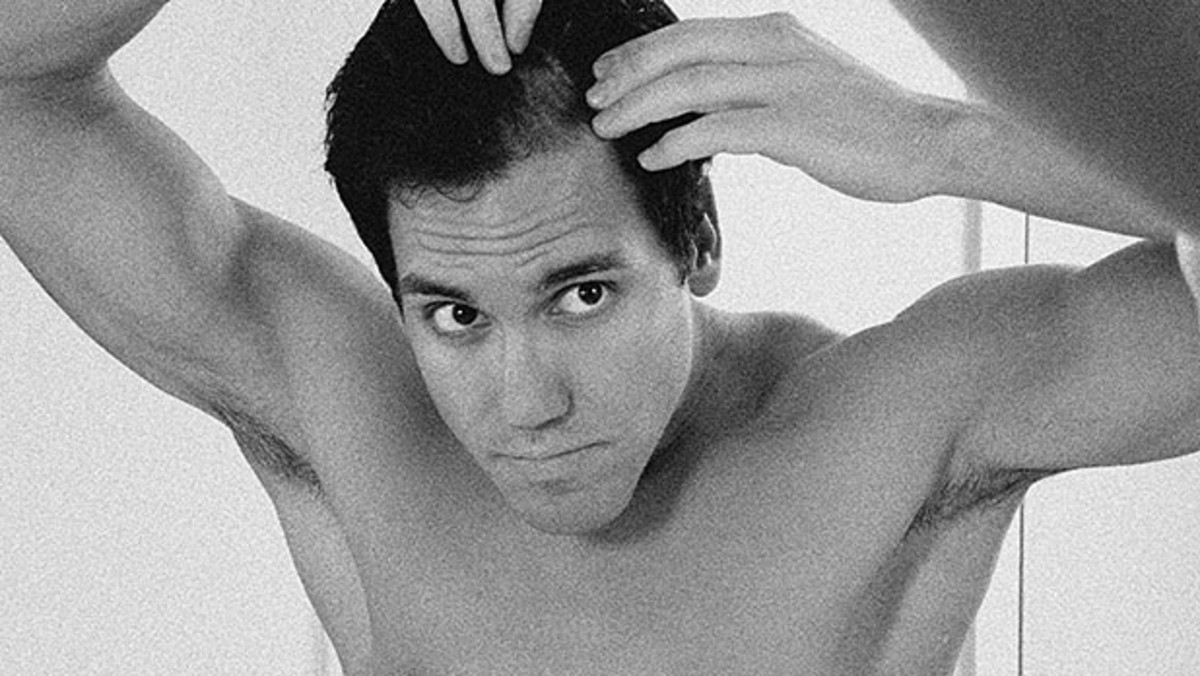Table Of Content

It causes partial or total hair loss on the dog’s flank and back area. Lack of exposure to the sunlight in the months with shorter days seems to be connected to this disorder. It usually begins in late fall into early spring and lasts up to six months. About 20% of the time is will occur only once in the dog’s life. This disorder is also called cyclic follicular dysplasia, and it is a non-inflammatory condition. External parasites such as fleas, mites, or lice can also cause hair loss in dogs.
Diagnosing and treating alopecia in dogs
This will not help to grow his hair back faster but will also make his coat sleek and glossy. These omega fatty acids are so important to the nourishment of your fluffy’s coat. A professional groomer can create an adorable image for any dog as long as the hair is long enough to be trimmed. Even the fiercest animals can turn into cute pets when the scissors and the trimmer do a good job.
Skin Allergies in Dogs
Many dog owners seek veterinary assistance because their pet sheds excessively. You should remember that the natural development and growth of new hair is accompanied by the shedding of old hair. Shedding may be abnormal (excessive) if it results in obvious loss of the hair coat and bald spots. However, if the shedding is not accompanied by bald patches or symmetric hair loss, it is likely the shedding is just a stage in the natural replacement of the hair coat.
Common Diagnostic Tests
This is because the skin can become dry, flaky, or even infected, leading to hair loss in the area. Diagnosing and managing hair loss caused by abnormal hair shaft growth requires a thorough examination by a veterinarian or veterinary dermatologist. Treating flea allergies in dogs involves not only eliminating fleas from the dog and its environment but also managing the allergic response.
The severity and extent of hair loss can vary depending on the specific type of mite and the dog’s individual immune response. Ringworm is a fungal infection and despite its name, ringworm is not caused by a worm but by various species of fungi called dermatophytes. These fungi invade the outer layers of the skin, hair, and occasionally the nails, leading to characteristic symptoms, including hair loss. Dogs naturally shed their hair, especially during seasonal changes and this is a normal process. Sometimes shedding can be followed by scratching or rolling in the grass, but excessive hair loss could indicate an underlying issue.
A healthy, lustrous coat is not only aesthetically pleasing but also an indicator of a dog’s overall well-being. Owners can help alleviate canine allergies by limiting their furry friend’s exposure to irritants and keeping their home environment clean. Dogs who are sensitive to outdoor allergens may benefit from avoiding early morning or late afternoon walks when pollen levels are at their highest. In some cases, your veterinarian may recommend antihistamines.
This may include the use of flea control products, such as topical treatments or oral medications, to kill and prevent fleas. For localized demodicosis, only one small area or multiple small patches of hair loss may be observed. In generalized demodicosis, which is a more serious condition, extensive hair loss, scabs, sores, and even secondary infections may occur.
More Adorable Dog Haircuts
Treatment for hypothyroidism typically involves lifelong thyroid hormone replacement therapy, administered orally, to restore hormonal balance. With appropriate treatment, the dog’s hair loss should gradually improve, and new hair growth will occur over time. Hair loss in dogs — also known as alopecia — is common and extremely noticeable. Hair loss can appear in a single spot, in patches or all over the body. If you have a dog losing hair at home, you may wonder why and if you need to seek a dog hair loss treatment. There are many things that can cause a dog to lose hair, but it's likely that your pooch is going bald for one of five common reasons.

A light trim around the hocks, ears, and tail can keep them looking tidy while preserving their natural, rugged look. Regular brushing, especially during shedding seasons, is necessary to keep the coat healthy. For dogs with curly hair, brush in the opposite direction of the hair growth to make it poofier and easier to see the length.
That regular grooming will help you notice right away if your dog is losing hair. For example, you can use flea control to avoid an allergic reaction to fleas. If your dog has food allergies or environmental triggers, you can avoid the triggers. There are five most common causes of dog hair loss that pet owners will encounter, along with treatments and preventative measures that can assist in caring for your pooch. Hair loss in dogs may be caused by many reasons, including allergies, infections, and parasites. Demodex mites can cause one small area of hair loss, multiple small patches of hair loss, or complete hair loss.
While daily brushing is by no means a requirement for smooth coats, regular brushing with a dog brush can keep this type of coat free of dirt and debris. Most smooth coated dogs don't need to have their already-short hair cut. If your dog is experiencing hair loss, it may also be one symptom of a more complex problem. Hair loss due to hypothyroidism can occur anywhere on the body and doesn’t usually cause itching or redness of the skin.
Outsmart Thinning Hair With *These* Thickening Tips - Woman's World
Outsmart Thinning Hair With *These* Thickening Tips.
Posted: Wed, 02 Aug 2023 07:00:00 GMT [source]
Allergic dermatitis — skin allergies, in other words — could cause your pup to scratch or lick at their skin and lose their fur. What's more, all the biting or scratching could leave your dog's irritated skin open to infections, Israel says. Hair loss — aka alopecia — isn't usually an emergency situation, according to Dr. Joanna Woodnutt, veterinarian and author at Love Your Dog.
Alopecia is the partial or complete lack of hairs in areas where they are normally present. Hair loss is a sign and its underlying cause must be determined for the condition to be successfully treated. If a dog has hair loss and is also scratching the area excessively, the itching should be investigated first. As the number of mites living in the hair follicles and skin of the dog increases, it can lead to lesions, infections, and dog hair loss. Proper nutrition supports overall skin and coat health, which can decrease excess oil production and reduce chances of bacterial infections.

No comments:
Post a Comment